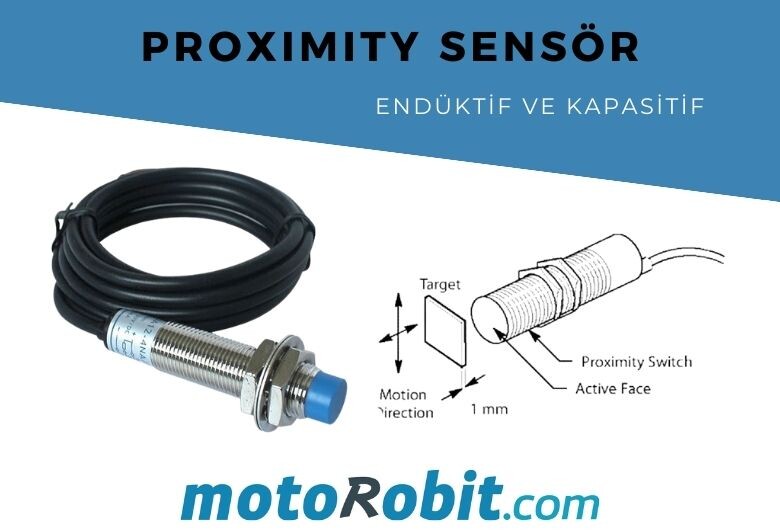
Inductive and capacitive proximity sensors measure some disturbances in the surrounding electromagnetic field to detect nearby objects without requiring mechanical switches or arms, unlike traditional sensors. Proximity sensors can be used to accurately detect an object without contact.
Due to their non-contact operating mode, proximity sensors are ideal for use in dirty or wet environments. They are less sensitive to dust, moisture, vibration, and noise. Therefore, proximity sensors tend to have a long functional life and are quite reliable due to the absence of mechanical parts and physical contact with the target object.
Inductive Distance Sensors
Used for the non-contact detection of both ferrous and non-ferrous metal objects. The operating principle of inductive sensors is to generate an electromagnetic field emanating from the sensor's surface. Placing a metal target near the surface of the sensor disrupts the electromagnetic field, causing the sensor's output and indicator light to activate.
The sensitivity of inductive sensors depends on the specific metal being detected. They also detect non-ferrous metal targets such as aluminum, brass, and copper. However, using non-ferrous metal targets reduces the detection range of an inductive sensor.
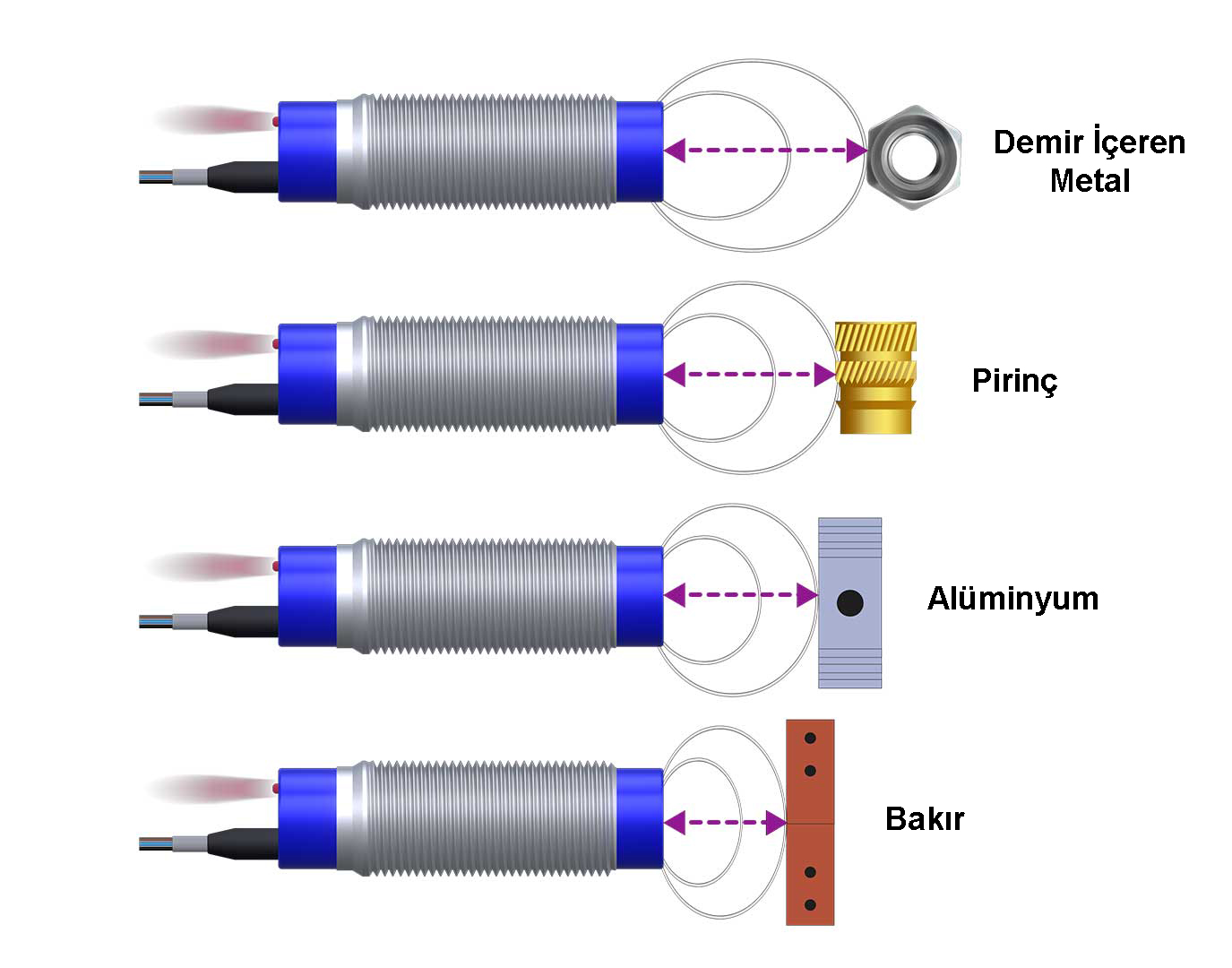
Capacitive Proximity Sensors
Used to detect conductive or non-conductive objects, making them much more versatile than inductive proximity sensors. To detect these targets, capacitive sensors emit an electric field from the sensing end. Any target that can disrupt this electric field can be detected by a capacitive sensor.
Some examples of solid materials that a capacitive sensor can detect include all types of metals, all types of plastics, wood, paper, glass, and fabric. Capacitive sensors can also detect liquids such as water, oil, and paint. Some capacitive sensors can be used to detect material inside a non-metallic container. To do this, capacitive sensors have an adjustable detection range.

Difference Between Inductive and Capacitive Sensors
Inductive sensors, as mentioned above, have advantages that make them a good choice for many detection or sensing applications, especially in challenging environments. However, capacitive sensors are very versatile and can be used to detect different types of objects and even liquids. When deciding which one to use, comparing the characteristics in the table below can be quite helpful.
| INDUCTIVE | CAPACITIVE | |
| Detected Material | Only magnetic metals | Liquids, metals, solids |
| Detection Range | 0.8 - 100 mm | 2 - 50 mm |
| Non-contact Detection | Yes | Yes |
| Sensitivity | Good | Good |
| Durability | Very Good | Very Good |
| Accuracy | Very Good | Possible False Triggers |
| Switching Frequency | High | Low |
| Price | ₺ | ₺₺ |
If you have identified the sensor suitable for your projects, you can select the appropriate sensor from our inductive sensor and capacitive sensor categories.
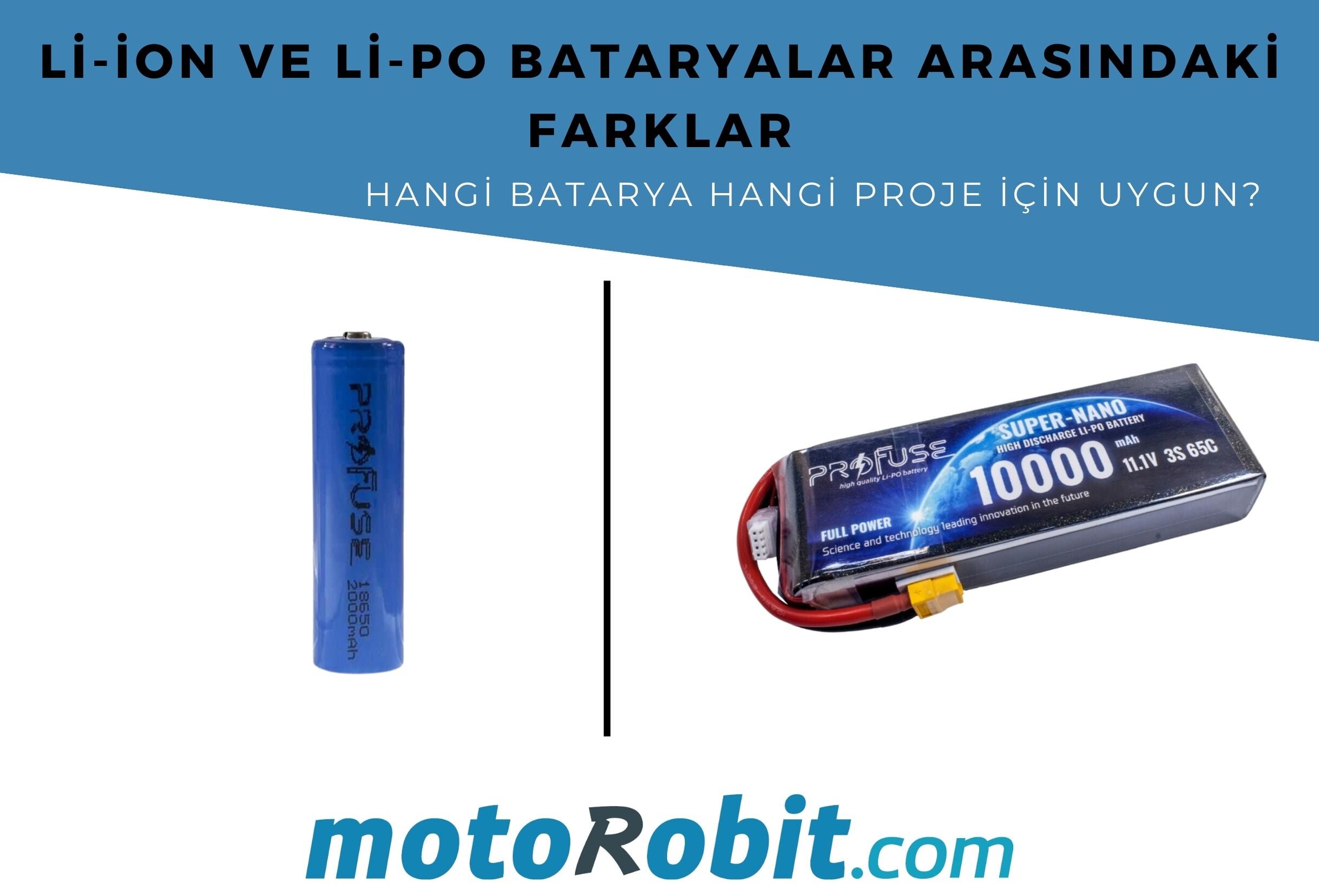
Differences Between Li-ion and Li-Po Batteries: Which Battery is Suitable for Which Project?
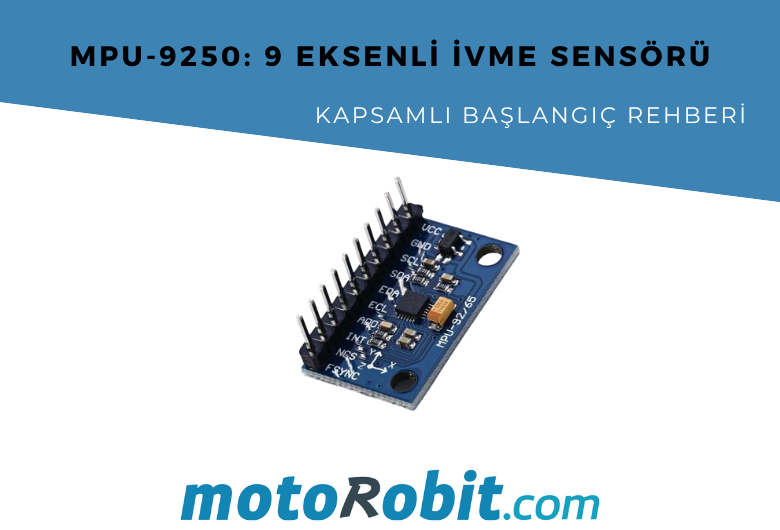
MPU-9250: 9-Axis Acceleration Sensor - A Comprehensive Beginner's Guide

What is ULN2003 ?
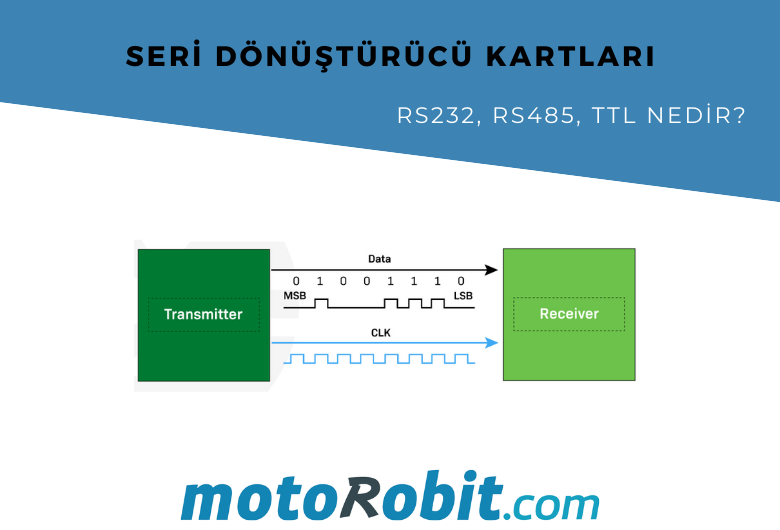
What are Serial Converter Cards (RS232, RS485, TTL)
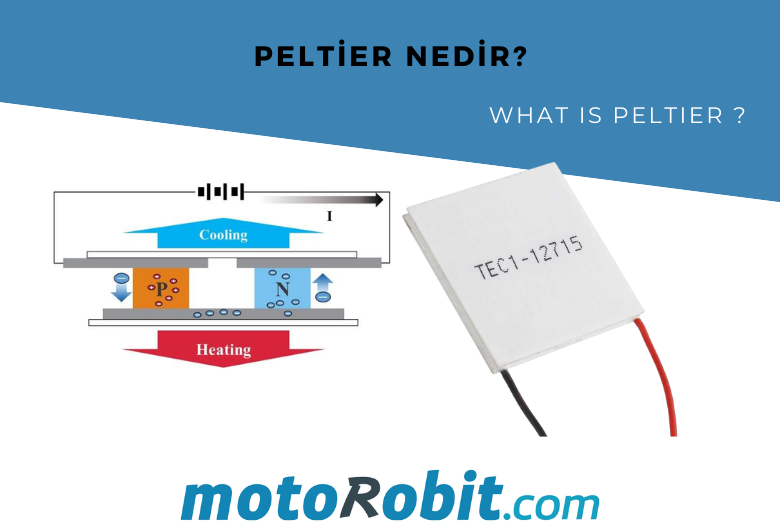
What is Peltier and What is its Working Principle?

.png)